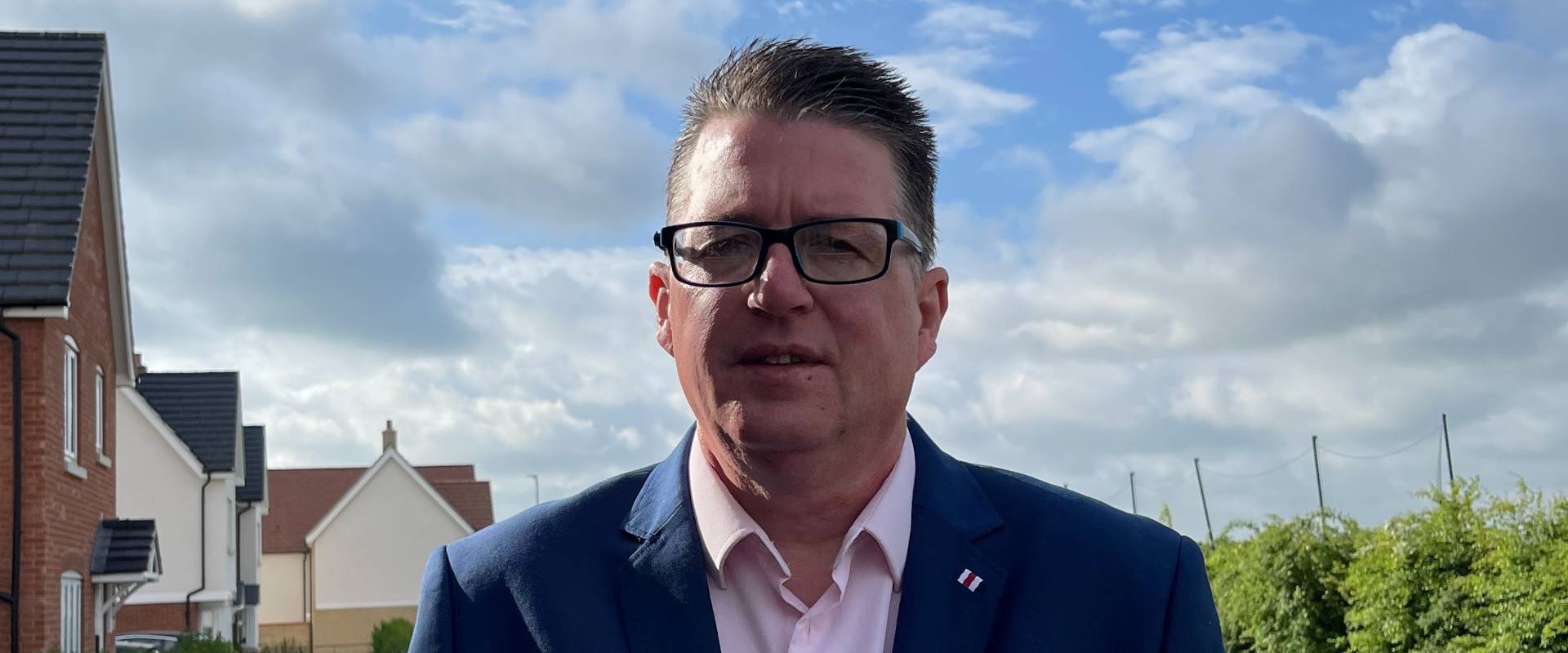When it comes to diversity and inclusion, the line between progressive and performative is often blurred. Acts that can appear progressive – borne from a real commitment to a better future – can often end up only skin-deep.
How can employers address their lack of diversity or inclusion without being solely performative?
One way is through the creation of in-house staff networks: groups started, maintained and chaired by people from different backgrounds who make up a minority in an organisation.
L&Q launched our own staff disability network, Ability, in November 2021. Ability gives us an opportunity both to celebrate the contribution that employees with disabilities and long-term health issues make, and to work together to overcome the barriers and lack of awareness they face in the workplace.
The forefront of disability recognition is where Ability wants to be, and we refuse to accept anything less.
But what decides whether a disability network – and its actions – are progressive or performative?
One of the most valuable aspects of a network is its capacity to pose questions that lead to cultural change. Fundamental to achieving this is the recognition that disabled staff bring a wealth of experience through the myriad challenges they face. Whether that be in the form of discrimination or ignorance about their potential at work, or the lack of access they experience in their daily lives.
For organisations to enact real change, they must use opportunities to listen, learn and gather feedback – and enable disabled colleagues to define what is needed. They need to be prepared to be challenged and use the opportunity to make adjustments.
At L&Q, we are drawing on the expertise of our disabled staff to help us make changes in how we build and design our home.
This isn’t just the right thing to do; it’s key to delivering better services and keeping our core social purpose of providing successful homes and communities at the heart of our decision making.
Most people looking for somewhere to live prioritise things like location, size and affordability, but for disabled people, the accessibility of a home can be a foremost concern.
As a Senior Project Manager at L&Q, when visiting a construction site, I noticed the cabinets in the kitchens were only 500mm above the cooktop. From my experience living with a visual impairment, I knew this could be hazardous for others with reduced vision, so I got the policy changed and increased the height. Similarly, when I spotted doorways and cabinets protruding at an accessible home, I flagged this as an issue.
When asking where they aren’t getting things right, and how they can do better, employers must foster an environment where people feel able to tell their truth. Resistance is an all too real part of speaking up and I’ve been told in previous roles to tone it down – a reaction that may deter others from disclosing their condition.
Many people are afraid of revealing their disability, for fear of being seen as inadequate or incapable. Psychological safety enables people to ask for adjustments, without judgement, but it isn’t easy to create. Leaders need to learn more about what they can do to create a more inclusive climate for employees with disabilities in order to take effective action. Yet, as research has revealed, employees with disabilities fear that disclosing will lead to outcomes such as retaliation, slower progression, and less meaningful roles. Thus, creating a vicious cycle. And for most, disclosing is a very personal and difficult decision, even in a supportive environment.
Several colleagues at L&Q have taken to our staff intranet to bravely share their personal experience of disclosure. From chronic kidney disease to visual impairment, their powerful stories are paving the way for others and challenging stigma. In September, Ability will host an inaugural conference for members and supporters of the network. We hope that by starting small, staff will feel able to come forward and share their experiences, particularly those that haven’t done so already.
But it shouldn’t just be down to disabled staff to force the agenda alone. When change comes from the top, it sends a powerful message that talking must give way to action. For staff networks to succeed in their efforts, and help shape a supportive environment, they must be complemented with a cultural and mindset shift led from above. Backing from senior members of staff is crucial to ensuring disabled employees have the adjustments they need and a culture in which to reach their full potential.
In conclusion, a network is a process, not a destination. An instrument and not a silver bullet. Part of recognising this is an acceptance that one size doesn’t fit all. Each person with a disability comes with their own unique set of experiences – and it’s only by amplifying each voice that we will see meaningful, measurable and lasting change.
